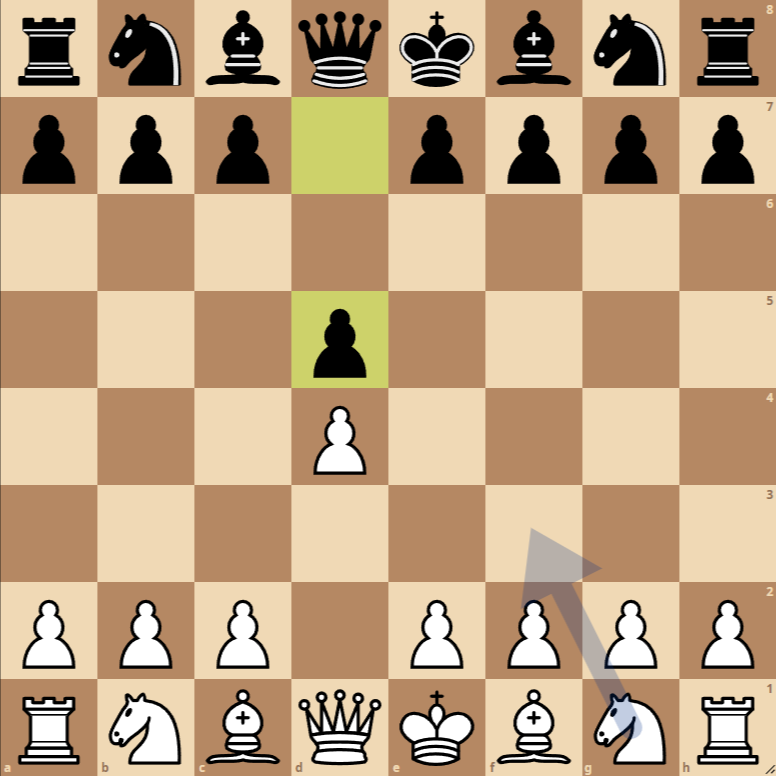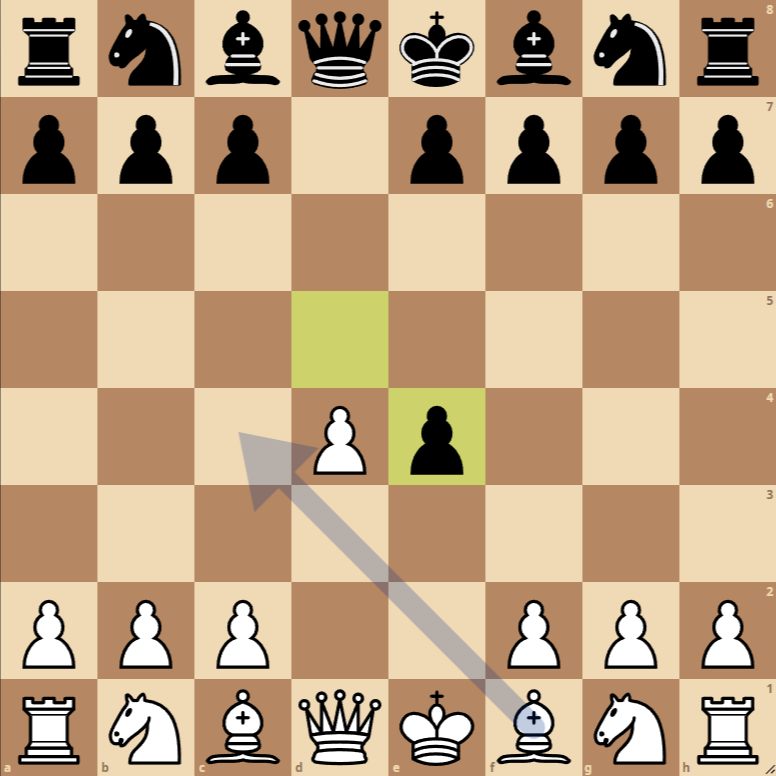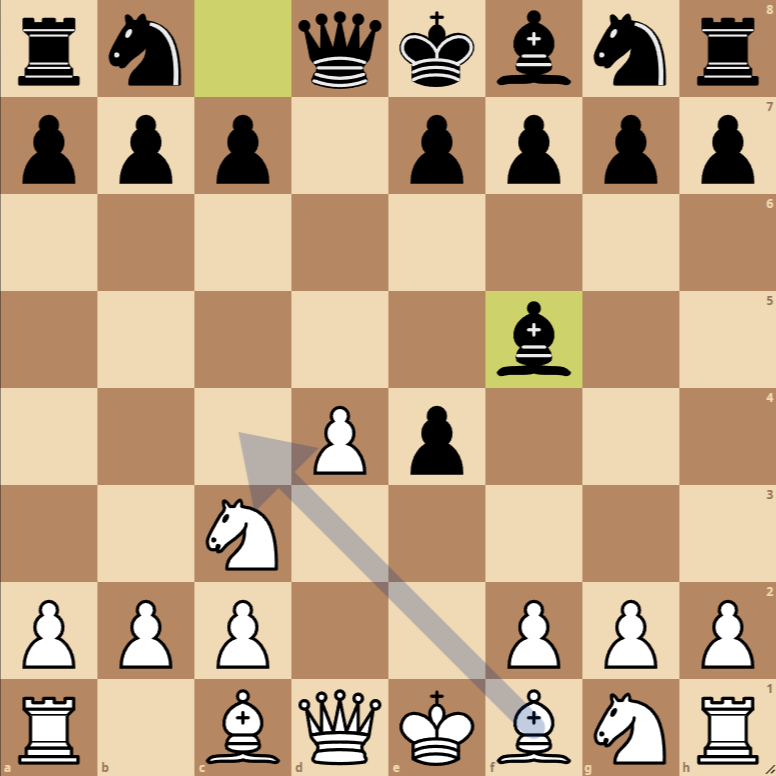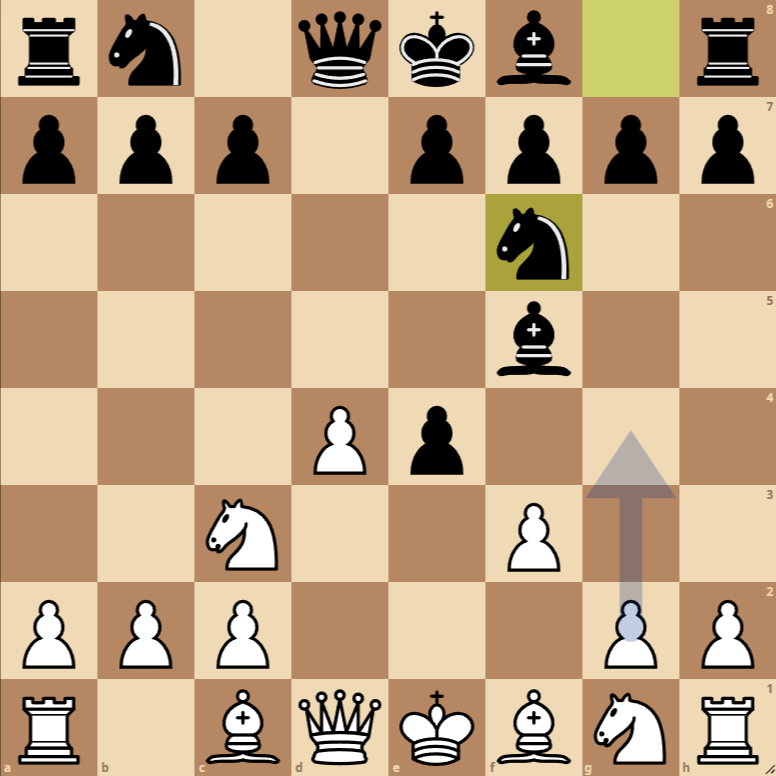How to Play the Blackmar-Diemer Gambit Zeller Defense Soller Attack Opening



- 1. d4 d5: White starts with the pawn to d4, aiming to control the center and open lines for minor pieces. Black responds with d5, mirroring White’s move and establishing a solid central defense.
- 2. e4 dxe4: White offers a gambit with e4, challenging Black’s central structure. Black accepts the gambit by capturing the pawn on e4.
- 3. Nc3 Bf5: White develops the knight to c3, putting pressure on the captured pawn on e4. Black responds by developing the bishop to f5, defending the pawn on e4 and controlling important squares in the center.
- 4. f3: White prepares to recapture the pawn on e4 by increasing pressure on that square. This move also opens up possibilities to develop the light-squared bishop.
- 5. Nf6 Bc4: Black continues developing pieces, moving the knight to f6 to reinforce the defense of the pawn on e4. White responds with Bc4, targeting Black’s weak point on f7, a common feature in many openings to create early threats.
Variations of the Blackmar-Diemer Gambit Zeller Defense Soller Attack Opening

Euwe Defense
A popular variation where Black plays differently when accepting the gambit, aiming to secure a solid pawn structure and rapid development of minor pieces without compromising their central pawn structure.
Tartakower Counter-Gambit
This variation introduces a more aggressive response from Black to the gambit, immediately counterattacking in the center instead of defending the pawn on e4. It is characterized by dynamic moves and intense struggle for initiative from the beginning.
The game has progressed with the initial moves of the Blackmar-Diemer Gambit, specifically branching into the Zeller Defense with the Soller Attack.
This sequence of moves leads to a highly dynamic position with rich tactical and strategic possibilities for both sides.
Strategies and Tactics
For White:
Central Pressure: By playing d4 followed by e4, White seeks to dominate the center and open lines for their major pieces. The capture dxe4 aims to disrupt Black’s central pawn structure, while Nc3 recovers the pawn and increases pressure.
Rapid Development and Control of Squares: With Bc4, White targets the Black king’s side, looking for attacking opportunities. The move f3 sets the stage for recapturing the pawn on e4, maintaining central tension and opening the diagonal for the White bishop.
For Black:
Active Defense and Counterattack: By accepting the gambit, Black activates their pieces quickly, especially the bishop on f5, which pressures the pawn on e4 and aims at the center.
Minor Piece Play: The move Cf6 develops a minor piece and prepares for castling, maintaining a solid king’s defense while pressuring the pawn on e4.
Next Best Moves
e6: For Black, playing e6 is a solid way to reinforce the center and prepare the development of the bishop on f8. This move also opens the possibility of short castling, improving the safety of the Black king.
exf3: Capturing on f3 with the pawn introduces a change in the pawn structure and forces White to recapture, possibly with the bishop or the g-pawn, clearing the kingside but exposing the White king to potential attacks.
Cc6: Developing the knight to c6 is a move that adds pressure in the center and supports the pawn on d5. For Black, this also contributes to piece development with an eye on controlling more space and preparing operations in the center and kingside.
Each of these moves has deep strategic implications and can lead to very different variations. It is crucial for both sides to strike a balance between offense and defense, develop their pieces efficiently, and be alert to tactical opportunities that arise.

